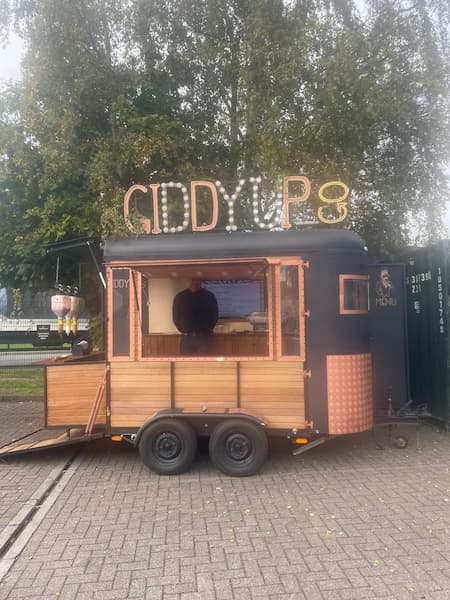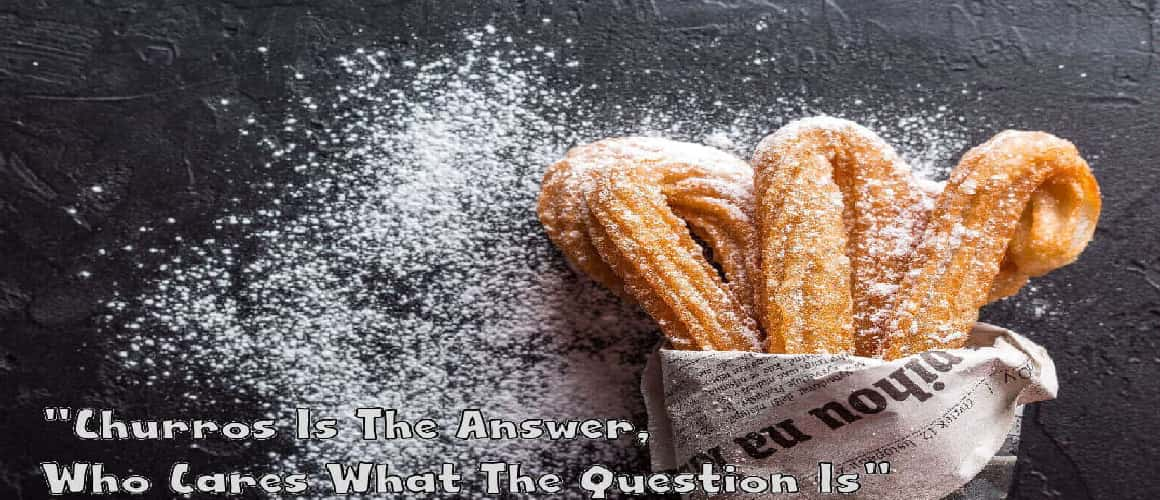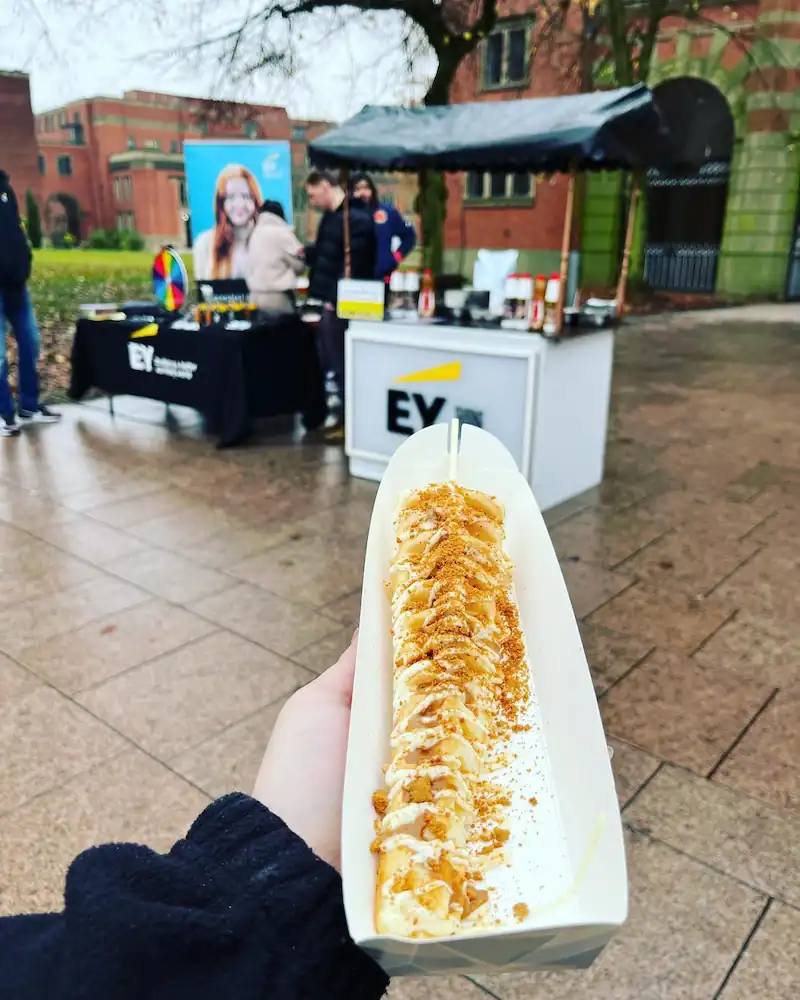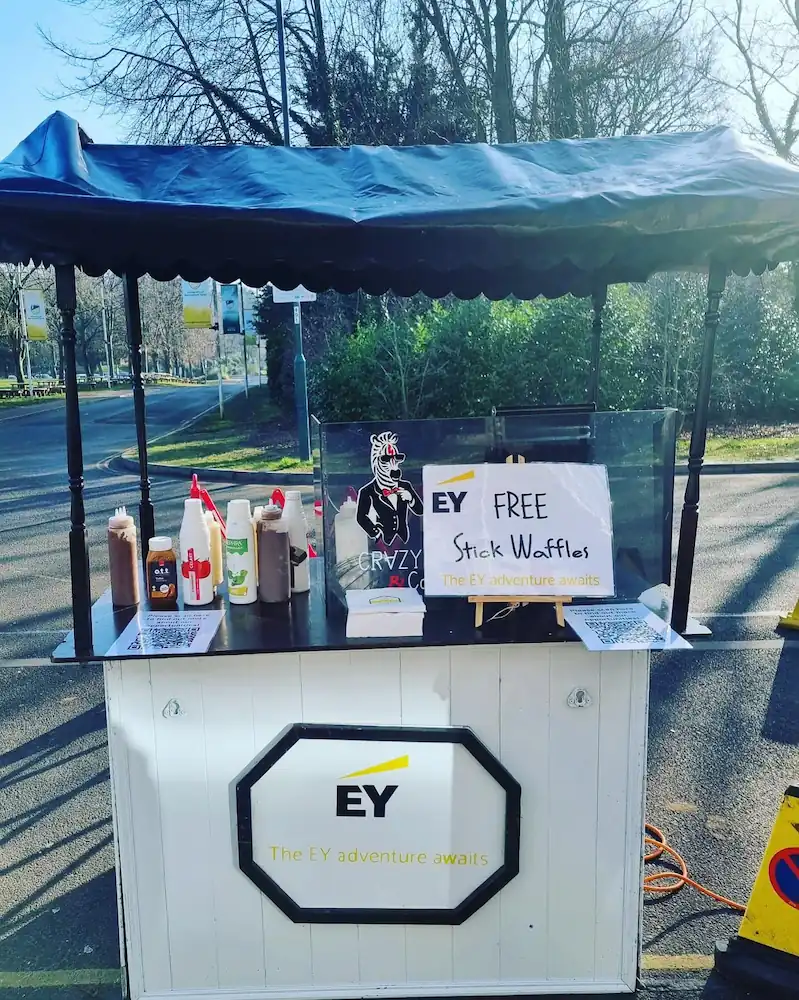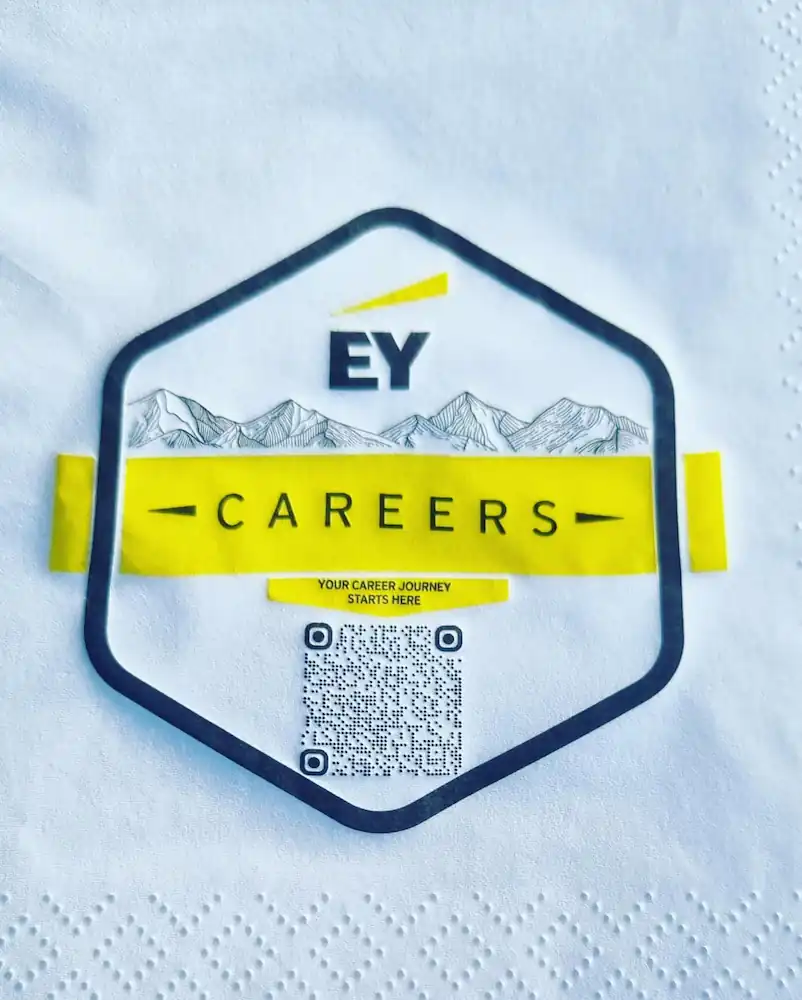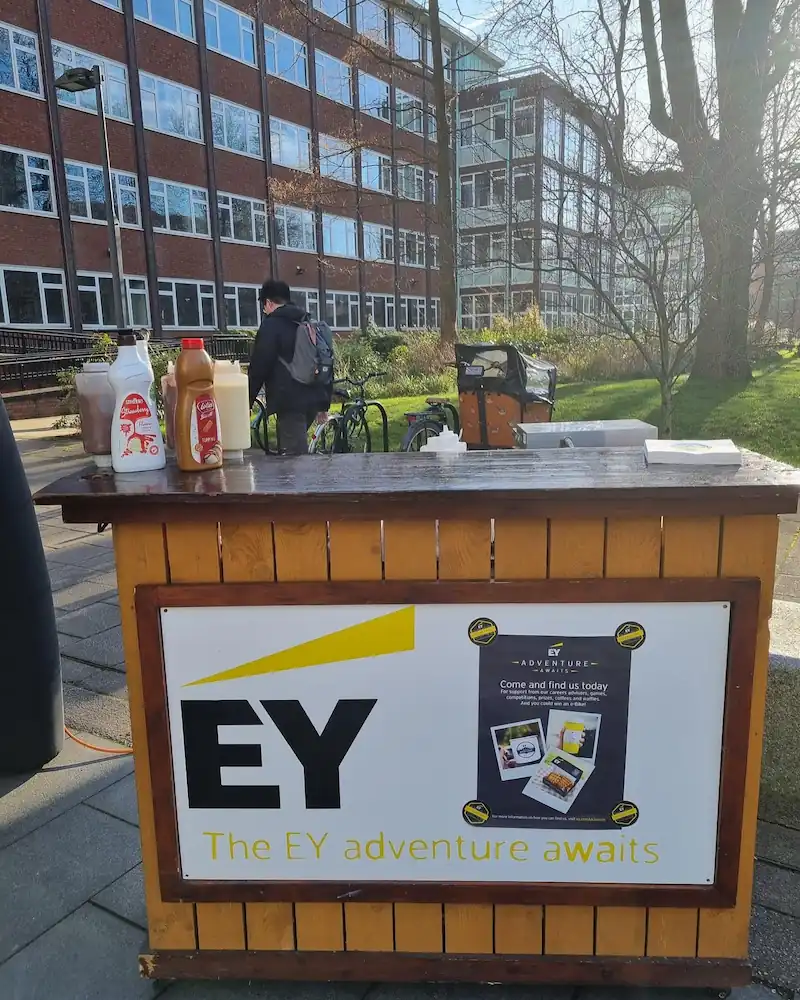Everyone loves a burger. Well almost, there are some people who replace the beef with patties made from green stuff. Whether that is still a ‘burger’ is open to debate.
Looking around the internet we across this monstrosity below;
Containing almost 1800lb of beef (Thats over 700 quarter pounders) this was built to get into the Guinness book of records. It needed a custom built over creating out of a shipping container to fit it in, and comes with 300 pounds of cheese, tomatoes, onions, pickles, and lettuce, sandwiched in a 250lb bun.
It is actually on the menu at Mallie’s Sports Grill & Bar in Detroit, and costs nearly $8000.
Realistically this was a one off burger. Created for a specific purpose.
But what else is out there, on regular menu’s and considered a normal burger, but comes with enough calories to shorten your lifespan for you pretty smartly. The Heart Attack Grill company make a number of burgers, with names such as triple bypass that contain upto 16000 calories. But this is a gimmicky burger joint, where the whole premise is you are eating unhealthy burgers. What about the regular chains. we are taking a look at what they place on the table;
Wendy’s Bacon Jalapeno Cheeseburger Triple 1330 Calories
Made with 3 of their famous square patties, it comes with jalapenos, crispy fried onions, cheese and bacon (though being American cheese and bacon we use those terms in the loosest possible sense) and cheese sauce, lots of it.
Weighing in at 1330 calories, it also packs a ridiculous two grams of salt, and 4.5 grams of that lovely, heart strangling trans-fat.
Carl’s Jr. Triple Western Bacon Cheeseburger 1380 Calories
Clocking in at an extra 50 calories is Carl’s Jr. offering. Famous for their adverts featuring skimpily clad models. Carl’s als have a stake in the feed your customers to death stakes. This has almost three grams of fat, though is does cut the trans-fat score down a little, yay!
Three charbroiled patties, two strips of bacon, ‘American’ cheese and crispy fries onion rings add to the experience.
Hardee’s Monster Double Thickburger 1400 Calories
Tipping the scales at 1400 calories, this again has nearly three grams of sodium, but it has upped the Trans-fat score to level with Wendy’s at 4.5 grams.
2/3 of a pound of beef, four strips of bacon, three slices of American cheese, and mayonnaise. To put it into perspective its recommended that you consume no more than 2300mg of sodium in a day, this has 2750mg.
Wendy’s Pretzel Bacon Pub Triple Cheeseburger 1520 Calories
The iconic Wendy’s square pattie makes a second entry in our list. Three patties, bacon, honey mustard, beer cheese sauce, fried onions, pickles and muenster cheese wrapped in a soft pretzel bun.
This manages to break the 1500 calorie barrier at 1520 calories, though surprisingly, the sodium comes down a little to under two grams.
Steak ‘n Shake 7×7 Steakburger 1660 Calories
We are jumping up the ladder rapidly now, with a 1660 calorie offering from Steak’n Shake. Seven beef burgers, along with seven strips of orange/yellow plastic stuff, sorry American cheese. Added to the calories are 3,800 mg sodium and a whopping six grams of trans fat.
This one just looks a mess
Whataburger Triple Meat Whataburger 1885 Calories
Climbing ever closer to the magic 2000 calorie barrier, this one looks positively clinical at the side of our last burger. Three patties, layered with the ubiquitous American cheese, topped with a bit of salad. This nudges the 1885 calorie mark, but is surprisingly low in sodium at 2080 gm and only 3 grams of trans fat. (By low we are speaking relatively. It’s low in the burger world).
As they say ‘Whataburger’!
Burger King Bacon King 2020 Calories
The first of our contenders to break the 2000 calorie barrier. Though the UK version of this is only about two thirds the size.
two ¼-pound beef patties, a hearty portion of thick-cut bacon, American cheese, ketchup, and mayonnaise on a sesame seed bun,
A full half pound of beef, thick-cut bacon, American cheese (again), ketchup, and mayo on a sesame seed bun,
Over four grams of sodium and seven of trans fat. This is a whopper indeed.
Heart Attack Grill Quadruple Bypass Burger 16000 Calories
You only have to look at it. Nearly 16000 calories. God alone knows how much sodium, trans fat etc they have. It shortens your life just looking at it.
All in all there are some real nasty heart attack burgers out there.

